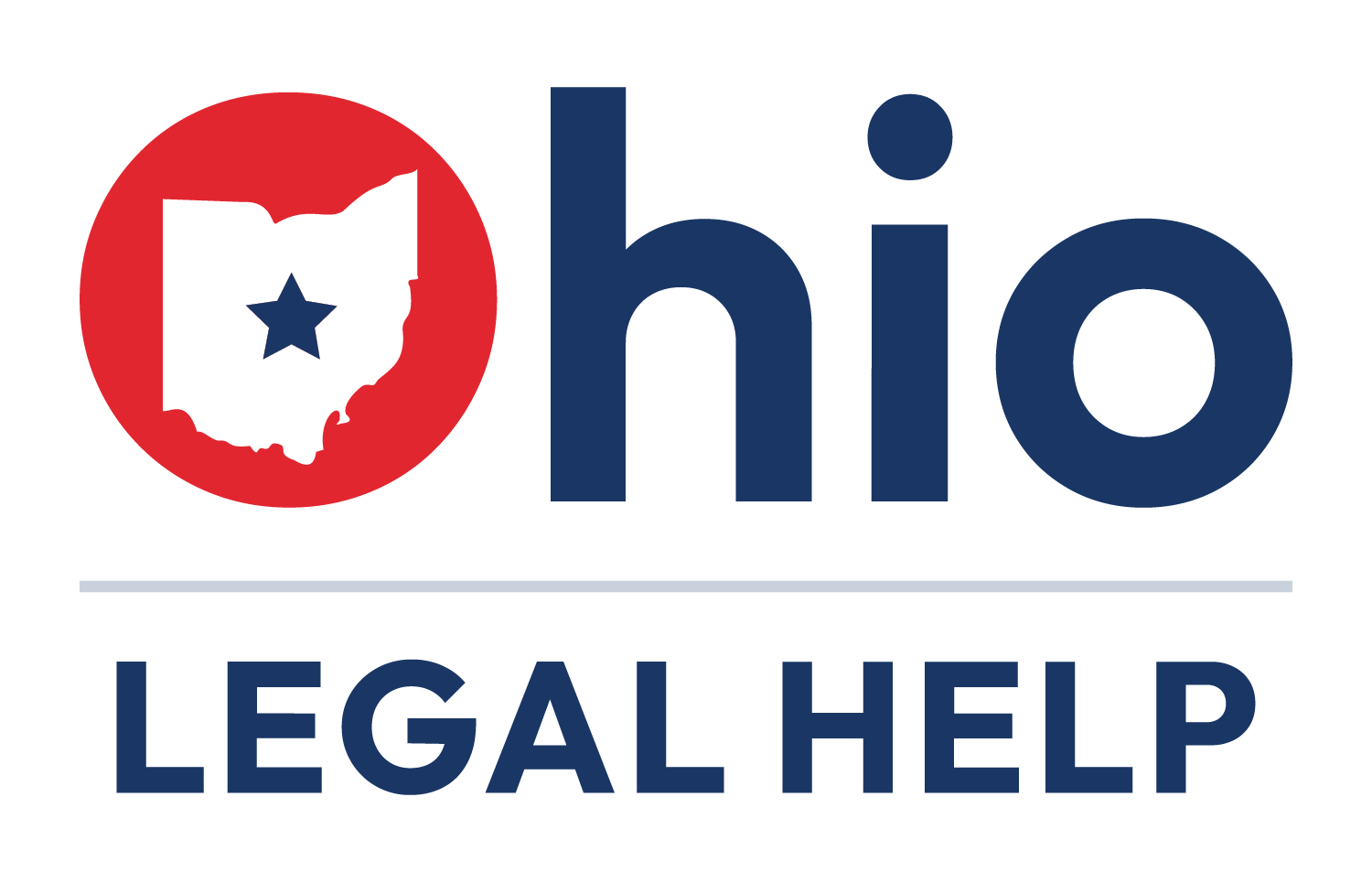SNAP and food assistance
If you or your family can't afford enough food, you may be eligible for help. Learn more about Ohio’s free and low-cost food help programs including SNAP (also called "food stamps").
Update on November 2025 SNAP payments: ODJFS issued partial SNAP payments the week of November 12. They are currently working to issue additional payments to get customers to their full benefit amount for the month of November.
These payments are expected the week of November 17th.
You can check your balances through the Connect EBT app or the Ohio Benefits Self Service Portal.
Updated 11.17.25.
Even in the best of times, it can be a struggle for families to get food on the table. Securing access to SNAP benefits and to other food services can be an essential lifeline to help Ohioans remain safe and healthy in difficult times.
SNAP or food stamps
If you or your family need help paying for food, you may be eligible for the Supplemental Nutrition Assistance Program (SNAP), which is also called "food stamps." The SNAP program gives you money to pay for food.
For SNAP or food stamps:
- Your benefits depend on your income and family size. The amount of money you qualify to get depends on your income and family size. You can check your eligibility for SNAP on the Benefits.gov website. If one of your family members is over 60 or has a disability, you may be eligible for SNAP even if your income is higher than the limit.
- Work requirements may apply. If you are age 16 to 59 and able to work, you usually must at least register for work to get SNAP. Additional work requirements apply to able-bodied adults without dependents. Learn more about SNAP and work requirements.
- You usually must file an Interim Report. Most SNAP households will need to submit an Interim Report to keep SNAP benefits.
- You can apply on the Ohio Benefits website. Make your application as complete as possible.
If your SNAP application is denied, and you think it should be approved, contact legal aid for help.
Learn more about applying for SNAP and meeting program requirements.
Food help is also available for adults and families from local food banks.
Food help for families with children
These programs help families with children get enough food:
- Power Pack. Food banks work with schools to give students packs of healthy food to take home for the weekend. You can apply for a Power Pack through your local food bank.
- School Meals. Schoolchildren may be able to get free or reduced-price school meals, including breakfast, lunch or even dinner after school.
- Special Milk Program. If your child attends a school, preschool or day care that does not participate in the school meal program, they may be able to get free milk.
- Summer Food Service Program (SFSP). When school is out, children may be able to get free meals during the summer in some areas. Call (866) 348-6479 for more information.
- Summer EBT (Sun Bucks). If you have a low-income family with a school-age student, you may be able to get a $120 benefit for food through the Summer EBT program.
- The Program for Women, Infants and Children (WIC). The Special Supplemental Nutrition Program for Women, Infants and Children (WIC) can help with healthy food, baby formula and free health screenings.
Food help for seniors and people with health conditions
These programs help seniors and people with certain medical conditions:
- Commodity Supplemental Food Program (CSFP). CSFP gives healthy foods to low-income people who are at least 60 years old. To apply, contact your local food bank.
- Meal Delivery. If you or someone in your home has a medical condition that makes it difficult to leave the house, you may be able to have meals delivered. Some meal delivery programs deliver to seniors only, but some deliver to anyone who is home-bound. To find meal delivery programs in your area, visit the Meals on Wheels website.
- Senior Farmers' Market Nutrition Program. If you are at least 60 years old, your local Area Agency on Aging (AAA) has a nutrition program that can help. Go to "Government and Community Resources" on this page to find contact information for your local AAA. Eligible adults can receive $50 worth of coupons to purchase locally grown fresh fruits and vegetables.
- Shared Meal Sites. Some community centers and other locations give meals to seniors on weekdays to promote nutrition and community. Also, you may be able to get free rides to shared meals or have them delivered. Check with your local Area Agency on Aging (AAA) to find out what programs are available in your area. Go to "Government and Community Resources" on this page to find contact information for your local AAA.
- Supplemental Nutrition Assistance Program (SNAP). There is enhanced eligibility for SNAP for people age 60 and older and people with a disability. If you have someone in your household who is over 60 or who has a disability, you may want to apply. Learn more about SNAP program requirements.
